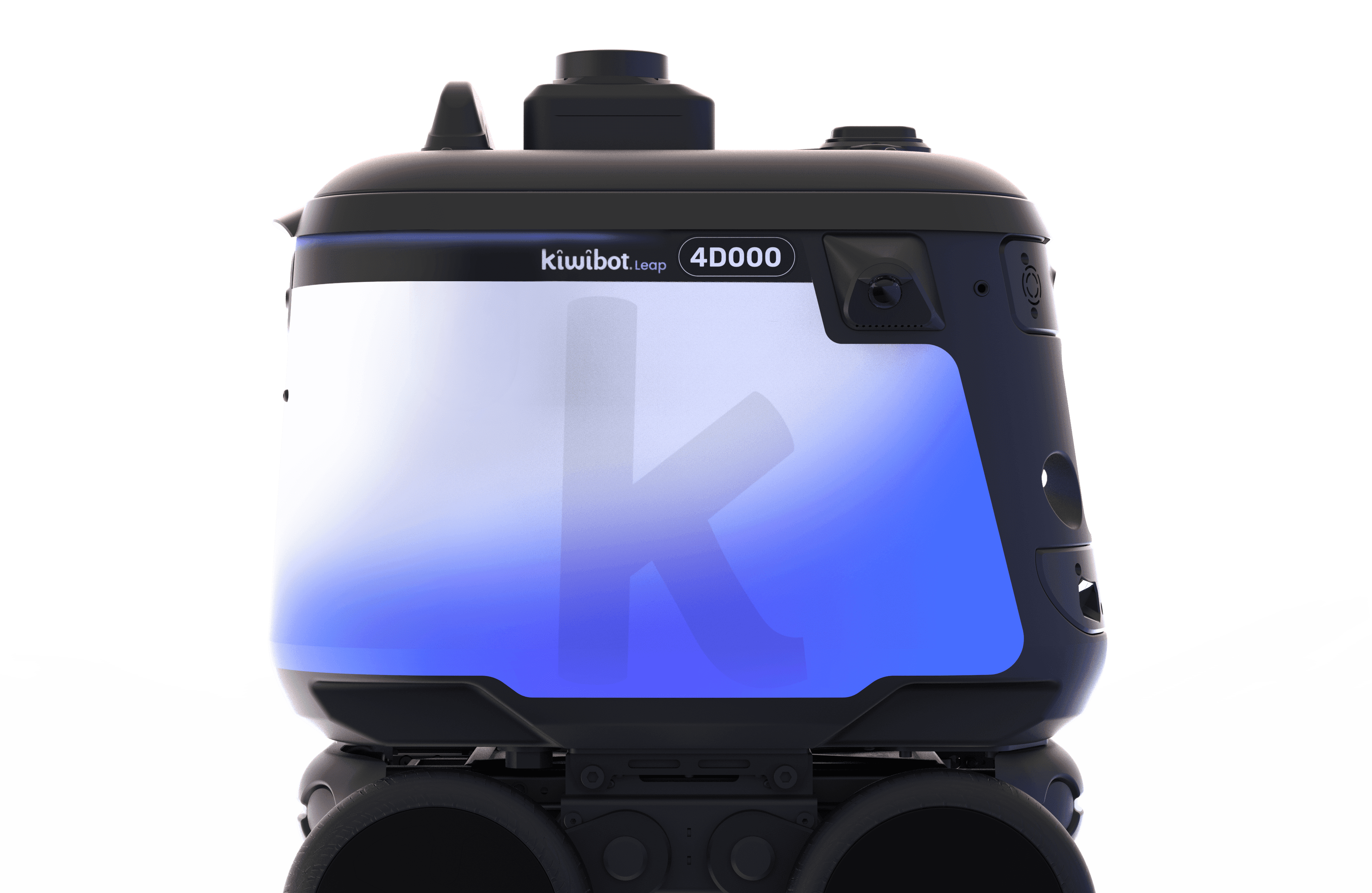Our co-founders created Kiwibot, a robotic delivery company, with two ideas in mind: to reduce costs for restaurants and the planet. Now, we’re at the forefront of building sustainable infrastructure in cities and campuses all over the world through maintaining equitable, clean, and harmonious operations.

To start talking about smart cities, let’s go back to 2021 when 15 international teams competed in the second edition of the ERL Smart Cities Robotics Challenge in Italy. Focused on the theme of ‘Smart Inclusion,’ this competition proved how the coexistence of humans and robots would be crucial for the future of smarter cities.
Therefore, it is time urban zones learn how to efficiently deploy emerging mobility technologies, like robotic deliveries, that can serve the public good while offering a sustainable business model for private sector companies. Let’s dive in.
What are sustainable smart cities?
Essentially, a sustainable smart city is an efficient, equitable, and liveable city using digital infrastructure, Internet of Things (IoT), and smart city robotics to improve residents’ experiences.
According to the Key Performance Indicators (KPIs) for Smart Sustainable Cities – a United Nations standard – it’s an urban area “that uses [information and communication technologies] ICTs and other means to improve quality of life, efficiency of urban operation and services, and competitiveness, while ensuring that it meets the needs of present and future generations with respect to economic, social, environmental as well as cultural aspects.”
But why is this important right now? Well, by 2050, it is estimated that 66% of the global population will live in cities and, therefore, they will experience growth, performance, and competitiveness challenges. At Kiwibot, it's our duty to contribute to improving people's lives by ensuring sustainable mobility for deliveries.
Safe mobility in the cities of the future
As cities become overpopulated, they will face an increasingly complex mobility landscape. Already, cities in the US may spend around $40 billion over 30 years repairing curbs, ramps, and sidewalks to align with the Americans with Disabilities Act (ADA) or Vision Zero (VZ) efforts to eliminate all traffic deaths and prevent fatalities.

Even a simple pizza delivery robot will eventually reduce costs and streamline the repairing process – by sharing data about sidewalk conditions and vehicle and pedestrian traffic with city authorities – while they make deliveries. This could help city authorities build sustainable mobility plans and become more accessible and safer.
At Kiwibot, our robotic fleets have cost-effective cyberinfrastructure and automatic data collection systems built-in to map areas and collect data in real-time for better city planning, leading to real-time policy changes.
Sustainable food delivery and solving labor shortages
Robotic delivery fleets can fight pollution, carbon emissions, and traffic congestion regardless of where they are delivering medical supplies or a chicken Katsu curry. In our case, we have carried out 200,000 zero carbon emission deliveries and avoided 53852.37 miles in car trips.
Adopting these robots in cities would help reduce people’s carbon footprints and make delivery services as sustainable as possible for local communities, such as in smart university campuses.
Robots can also increase opportunities for locally-owned small businesses by offering low-cost delivery services. Our service model allows customers to launch last-mile delivery automation at a fraction of the time and cost, avoiding the hassle of hiring a courier.
Building trust in other technologies and putting a smile on your face
Over the years, robotic technologies from Amazon Alexa to Xiaomi CyberDog have faced pushback due to pop culture promoting the fear that robots will take over the world one day.
As the theory of solar punk states, robots can grant more equitable access to food, medication, library books, and other goods while offering solutions to garbage collection or even window cleaning. However, technical, ethical, data privacy, and urban planning concerns must all be addressed to ensure the safe and appropriate deployment of robots within smart cities.
Kiwibots are always built with a people-centered approach and have a friendly smile and digital eyes that can wink, allowing a further emotional connection with local businesses or even students on college campuses. These types of robotic technologies will pave the way for further integration of robotics into our daily lives to help us build sustainable smart cities.











%402x%20(5).svg)
%402x%20(5).svg)


